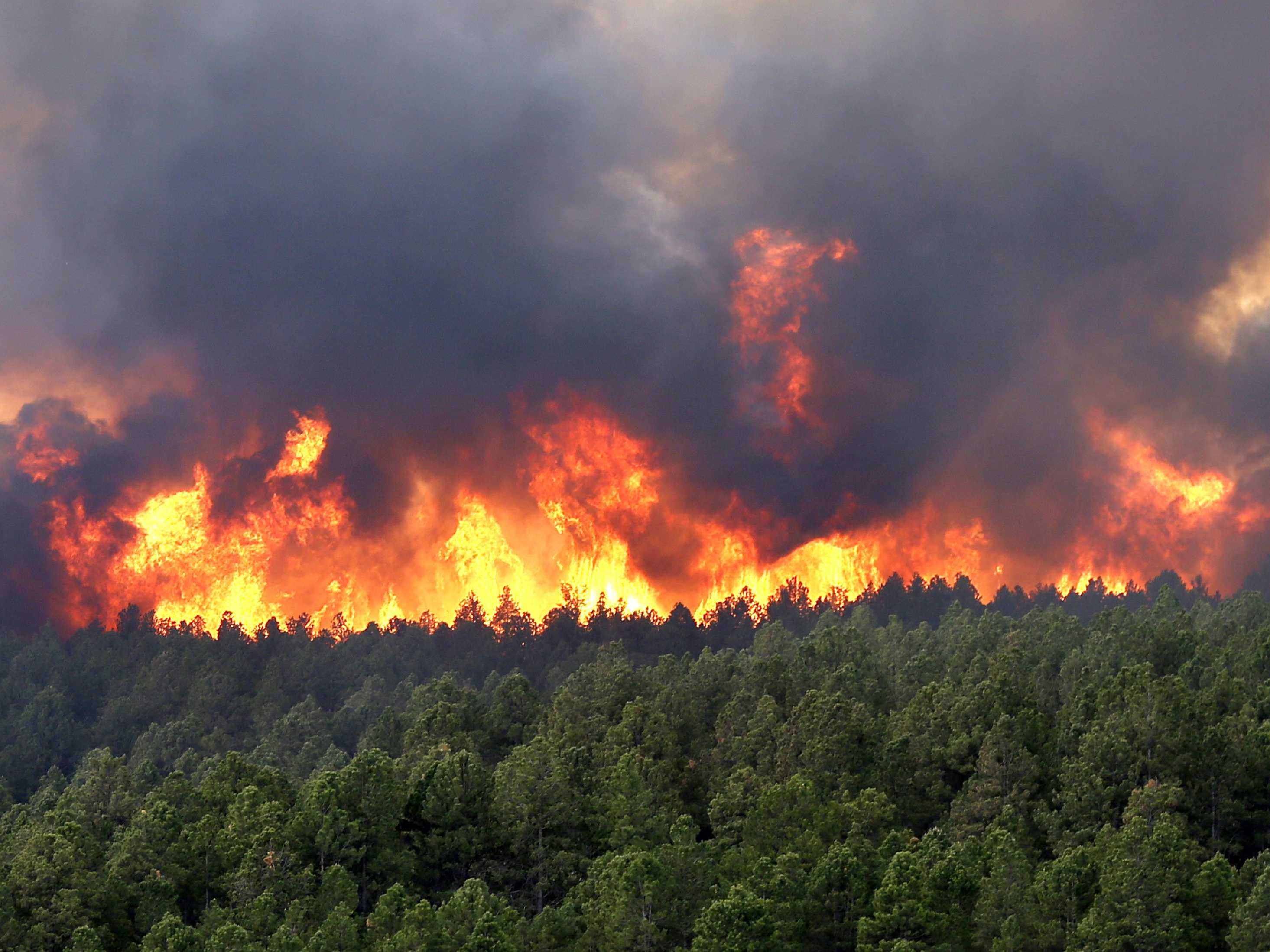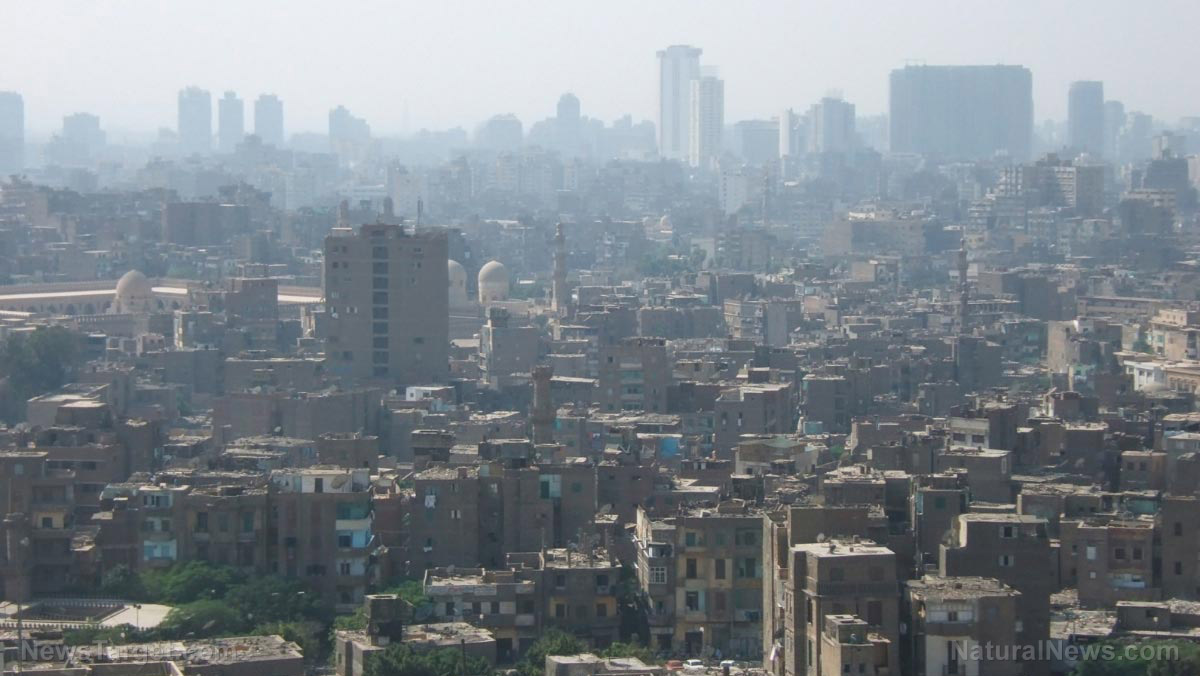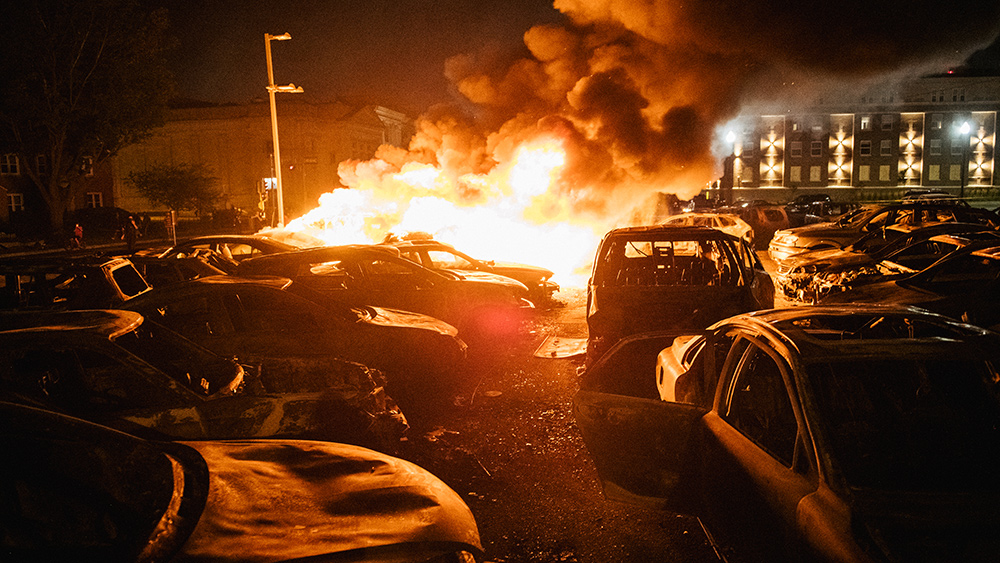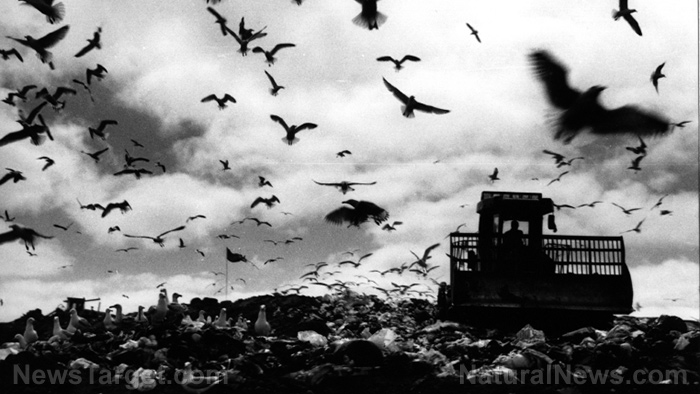Winds are once again pushing Bobcate Fire flames close to California’s historic Mount Wilson Observatory
09/26/2020 / By Divina Ramirez

Fire crew once again fought to beat back the Bobcat Fire last Sept. 21 as its raging blazes continued to creep up Mount Wilson, according to a recent report from The Week. This is the second time this week that firefighters had to put out flames that threatened California’s historic Mount Wilson Observatory (MWO).
Just last Sept. 19, fire officials declared that the MWO was safe, having survived a close call with the Bobcat Fire burning for two weeks through the San Gabriel Mountains in Southern California. But it appears that officials spoke too soon.
“Just when I thought the danger was over – it wasn’t,” Thomas Meneghini, MWO’s executive director, told Los Angeles Times. Meneghini said he spotted eight strike units rumbling up the road to the MWO before he left for home last Sept. 18.
Prior to that, firefighters had used up half of the 530,000-gallon water tank on the MWO grounds in their week-long battle with the Bobcat Fire, added Meneghini. Fire crews had also gone to work, refilling it and keeping the water pressure strong in preparation for the onslaught of more fire.
Officials from the U.S. Forest Service said that it will prioritize Mount Wilson in light of the strong, shifting winds in the area. Officials speculated that these unstable weather conditions were making it difficult to contain the flames, bringing them close again to the MWO even after last week’s battle, reported ABC7.
Staff at MWO were able to evacuate the landmark ahead of last week’s fire and were reduced to watching the flames unfold using the building’s southern-facing live webcam. This is the second time the MWO faced the threat of destruction from a wildfire since September 2009’s Station Fire.
Shifting winds and near-record heat fuel Bobcat Fire
The Bobcat Fire ignited last Sept. 6 and has grown to more than 112,000 acres. It has damaged 29 structures thus far, but authorities are bracing for more this week as the fire is far from total containment.
In fact, the US Forest Service reported that the fire has stalled at just 17 percent containment since last week as it spilled into the communities of Juniper Hills, Pearblossom, Paradise Springs and Devil’s Punchbowl. This had prompted local authorities to issue urgent evacuation orders for thousands of residents in the area.
Considered one of the largest fires burning through southern California, the Bobcat Fire gave firefighters a tough time over the past week, thanks in part to the shifting winds and near-record heat. (Related: Human intervention has made forests less resistant to drought, pests, wildfire.)
In fact, meteorologist David Sweet with the National Weather Service (NWS) said that isolated wind gusts could reach speeds as high as 40 miles per hour (mph). Strong winds like these are expected this week.
When combined with near-record heat, strong winds make for optimal fire weather conditions that create the potential for rapid growth and extreme fire behavior. If these weather conditions do not let up, officials estimate that the Bobcat Fire would not be out until Oct. 30.
Until then, fire crews are making the most of their limited time creating backfires around the MWO, which has now been threatened twice, to stall the spread of the Bobcat Fire throughout Mount Wilson.
The strategic burning was deemed essential to clear the MWO’s wooded surroundings of materials that could fuel the wildfires, like fallen branches, dead leaves and shrubs. Staff watched this transpire through the live webcam footage, which showed smoke surrounding the facilities.
Officials from the California Department of Forestry and Fire Protection Agency (CAL FIRE) report that the almost 8,000 fires this season to date have scorched more than 3.6 million acres, decimating more than 7,000 structures and causing at least 26 deaths.
Keep up with the ongoing wildfire crisis in California at ClimateScienceNews.com.
Sources include:
Tagged Under: California wildfires, Collapsifornia, current events, environment, fires, natural disasters, wildfires
RECENT NEWS & ARTICLES
COPYRIGHT © 2017 ENVIRON NEWS

















